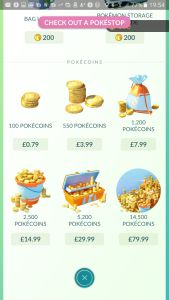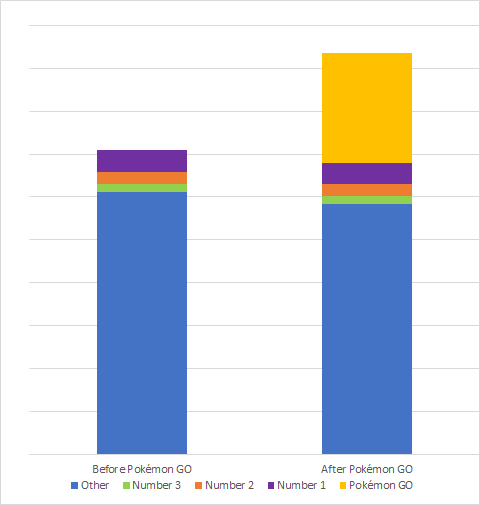New mobile game breaks revenue records
by Sukey Miller

Pokémon GO rocketed into the mobile ecosystem last week, claiming the record as the fastest mobile game to hit the top spot, taking over from Clash Royale. Four days after launch, Pokémon GO became the number one mobile game in terms of revenue on Android, according to App Annie.
On June 6, Pokémon GO was officially launched in Google Play and Apple App Store in Australia, New Zealand and the United States. Billed as the world’s first “real world gaming” platform, Pokémon GO combines smartphone capabilities and location technology to create a gaming platform where players explore the game, along with the real world. Players travel to physical sites in the real world to collect and harvest Poke balls and eggs in the mobile game. It may not sound like an obvious recipe for success but Pokémon GO is an instant phenomenon.
 Following in the footsteps of current bestsellers Candy Crush and Clash of Clans, Pokémon GO is a freemium game, free to download with additional content purchased in the app. In-app content in Pokémon GO – Poke coins – ranges from $1.39 to $139.99 USD. And boy are players purchasing the additional content!
Following in the footsteps of current bestsellers Candy Crush and Clash of Clans, Pokémon GO is a freemium game, free to download with additional content purchased in the app. In-app content in Pokémon GO – Poke coins – ranges from $1.39 to $139.99 USD. And boy are players purchasing the additional content!
“Even though Pokémon GO is only officially open in three countries, the game is generating well over $1 million of net revenue for Niantic Labs,” App Annie communications boss Fabien Pierre-Nicolas said. “I can easily envision a run-rate of over $1 billion per year with less server issues, a worldwide presence, and more social and player-vs.-player features.”
The impact on the industry may be greater still when you consider that spend so far on Pokémon GO in-app content is additional spend, there is no sign of attrition from other games and content. Data taken from Bango Dashboard from before and after the launch of Pokémon GO, highlights very little movement in revenue from the existing top 3 best sellers and all other content, with the addition of a huge chunk of revenue from Pokémon GO content.
Subscribe to our newsletter
Get the latest subscription bundling news and insights delivered straight to your inbox.




